Dana axles are renowned for their durability, strength, and performance, making them a popular choice for a wide range of vehicles, from off-road beasts to heavy-duty trucks. Properly identifying a Dana axle is essential for ensuring proper maintenance, upgrades, or replacements. This article provides valuable insights and tips on how to identify a Dana axle accurately.
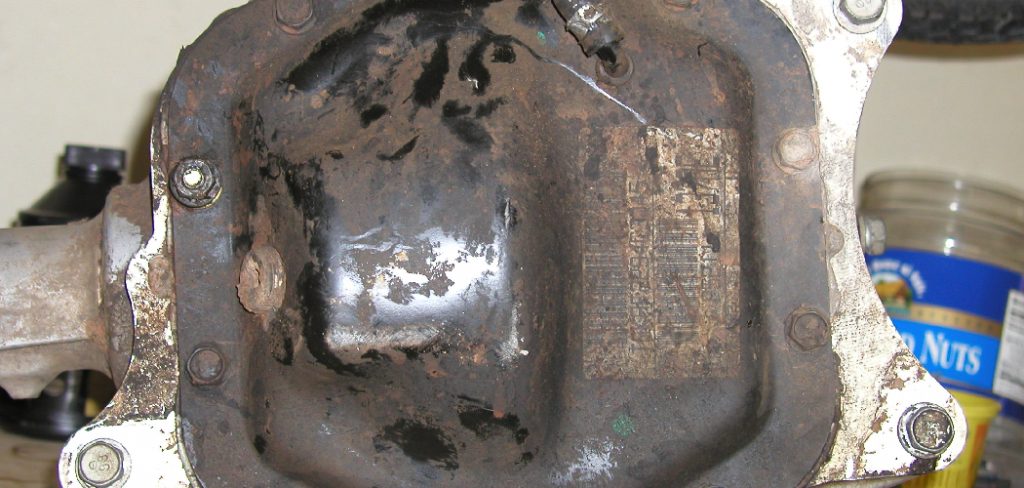
By understanding the specific axle model, you can make informed decisions about repairs, upgrades, or sourcing compatible parts. Common Dana axle models, such as the Dana 30, 44, and 60, are widely used in various vehicles, each with its own applications and capabilities. Whether you’re a seasoned mechanic or a passionate vehicle enthusiast, knowing how to identify a Dana axle is an indispensable skill for maintaining optimal performance and durability in your vehicle. Let’s dive into the world of Dana axles and unlock the secrets to accurate identification.
Tools and Materials Needed for Identification
Accurately identifying a Dana axle requires a few essential tools and materials to ensure a thorough examination. Here are the tools and materials you’ll need:
Tools
- Flashlight: A flashlight will help you illuminate the axle details, making it easier to spot identification marks.
- Wire brush or rag: Use a wire brush or rag to clean dirt and debris from the axle, revealing important markings and details.
- Measuring tape or calipers: A measuring tape or calipers will come in handy for taking precise measurements of the axle dimensions, aiding in identification.
Materials
- Reference materials: Keep a Dana axle guide or manufacturer documentation on hand to assist in identifying specific axle models and their features.
- Camera or smartphone: Use a camera or smartphone to capture clear and detailed images of the axle numbers and markings. These images can serve as references for further research or consultation with experts.
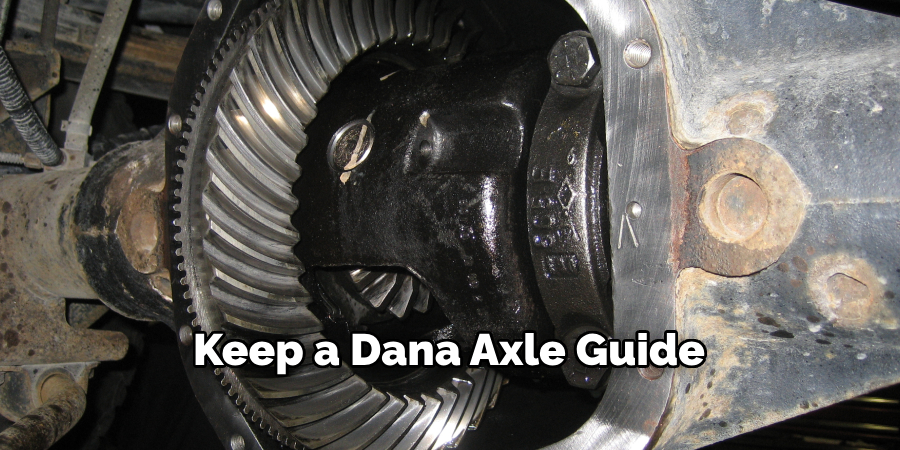
Having these tools and materials ready will ensure a comprehensive and accurate identification process, enabling you to make informed decisions regarding repairs, upgrades, or sourcing compatible parts for your Dana axle.
Locating the Identification Numbers on a Dana Axle
Identifying the specific model and features of a Dana axle is crucial for maintenance and compatibility with replacement parts. Here are two key areas to locate identification numbers on a Dana axle:
Position of the Axle Tag
The metal identification tag is typically attached to one of the differential cover bolts. This tag contains important information such as the axle model, gear ratio, and assembly date. To reveal the numbers clearly without damaging the tag, follow these tips:
- Use a wire brush or rag to gently clean any dirt or debris covering the tag.
- If needed, apply a mild cleaning solution and carefully wipe the tag to enhance readability.
- Take clear close-up photographs of the tag for reference, ensuring all numbers and markings are captured accurately.
Casting Numbers on the Housing
Casting numbers are another valuable source of information for identifying a Dana axle. These numbers are typically located on the axle housing itself and provide details about the axle’s specific casting. Here’s how to locate and use these numbers:
- Examine the axle housing around the differential cover area for stamped or raised casting numbers.
- Take note of the casting numbers, which usually consist of alphanumeric codes.
- Use these numbers as a reference when consulting Dana axle charts or manufacturer documentation to determine the axle model, gear ratio, and other specifications.
By locating and deciphering the identification numbers on your Dana axle, you can ensure accurate identification and make informed decisions regarding repairs, upgrades, or sourcing compatible parts.
How to Identify a Dana Axle: Interpreting the Identification Numbers
Decoding the Axle Tag:
The axle tag, also known as the axle identification tag or label, contains crucial information about the Dana axle. Here is a breakdown of the typical information found on a Dana axle tag:
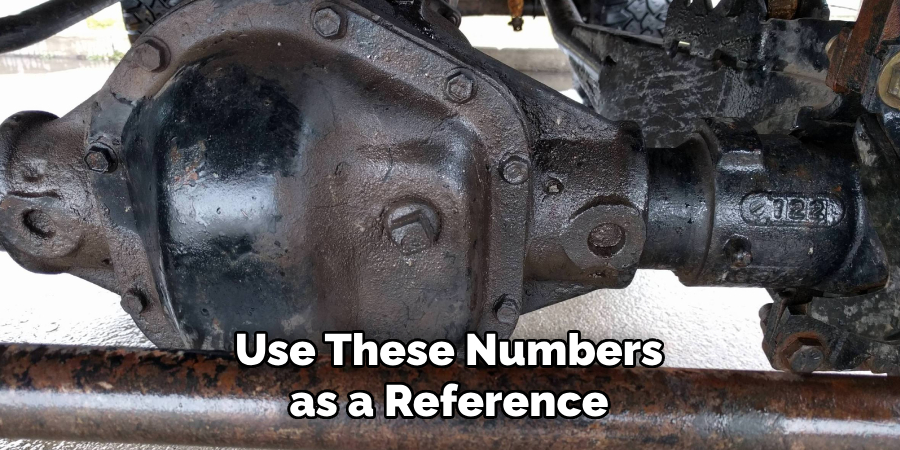
- Part Number: The part number provides specific details about the axle model, allowing you to identify the exact type of Dana axle you have.
- Gear Ratio: The gear ratio indicates the relationship between the number of teeth on the ring gear and the pinion gear. It determines the axle’s torque and speed characteristics.
- Assembly Date: The assembly date reveals when the axle was manufactured, helping you determine its age and potential compatibility with specific parts or model years.
It’s essential to understand how to match the tag numbers to a specific Dana axle model. Cross-referencing the axle tag numbers with Dana axle charts or manufacturer documentation is crucial for accurate identification.
Using Casting Numbers:
Casting numbers, found on the axle housing, provide additional information for identifying a Dana axle. Here’s how to cross-reference casting numbers:
- Examine the Housing: Inspect the axle housing around the differential cover area for stamped or raised casting numbers.
- Take Note: Record the casting numbers, which typically consist of alphanumeric codes unique to each casting.
- Verify and Cross-reference: To ensure accuracy, compare the casting numbers against multiple sources, such as manufacturer or online databases. This step is vital to avoid errors or misinterpretations.
By utilizing the identification numbers on your Dana axle’s tag and casting, you can make informed decisions regarding repairs, upgrades, or finding compatible parts. Ensure you verify the numbers through reliable sources to guarantee accurate identification of your Dana axle model and its specifications.
How to Identify a Dana Axle: Identifying a Dana Axle Without a Tag
In some cases, you may encounter a Dana axle without an identification tag. Don’t worry, there are other methods to help you identify the axle model. Here are a few approaches to consider:
Measuring the Axle Components
To begin, you can measure certain components of the axle to narrow down the possibilities. Start by measuring the differential cover shape, bolt count, and dimensions. These measurements can provide valuable clues for identifying the specific Dana axle model. You can then compare these measurements to known Dana axle specifications to further refine your identification.
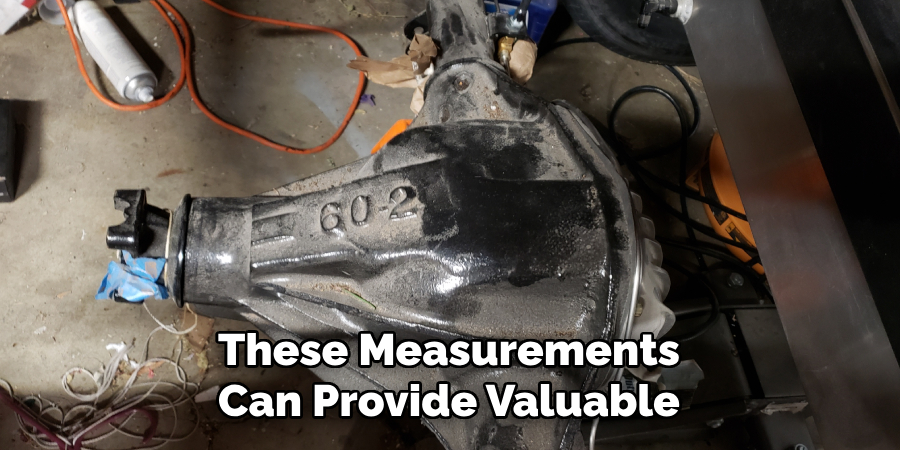
Visual Clues and Features
Another method involves looking for visual clues and features that are unique to specific Dana axle models. For example, the Dana 44 axle has a distinctive eight-bolt cover with a symmetrical shape. Additionally, you can identify axle tube diameter, u-joint size, and other distinguishing features associated with specific Dana models. These visual cues can help you narrow down the possibilities and confirm the identification of your Dana axle.
By utilizing these alternative identification methods, you can accurately determine the model and specifications of your Dana axle, even without an identification tag. Remember to compare your findings with reliable sources or consult with experts to ensure accurate identification.
Differentiating Between Dana Axle Models
When identifying a Dana axle, it’s essential to understand the distinguishing features of different models. Here are the common models and their key characteristics:
Dana 30:
The Dana 30 axle is typically found in smaller vehicles and compact SUVs. It is known for its smaller u-joints and lighter construction compared to other Dana axles. The Dana 30 is suitable for lighter off-roading activities and provides good performance for everyday driving.
Dana 44:
The Dana 44 is a mid-range axle that strikes a balance between strength and weight. It is commonly found in larger SUVs and trucks. The Dana 44 axle offers increased durability and can handle moderate off-road adventures. One of the notable features of the Dana 44 is its distinctive eight-bolt cover with a symmetrical shape.
Dana 60:
The Dana 60 is a heavy-duty axle designed for towing, off-roading, and applications that demand exceptional strength. It features a larger tube diameter and bolt patterns, providing increased rigidity and durability. The Dana 60 is commonly found in heavy-duty trucks and off-road vehicles.
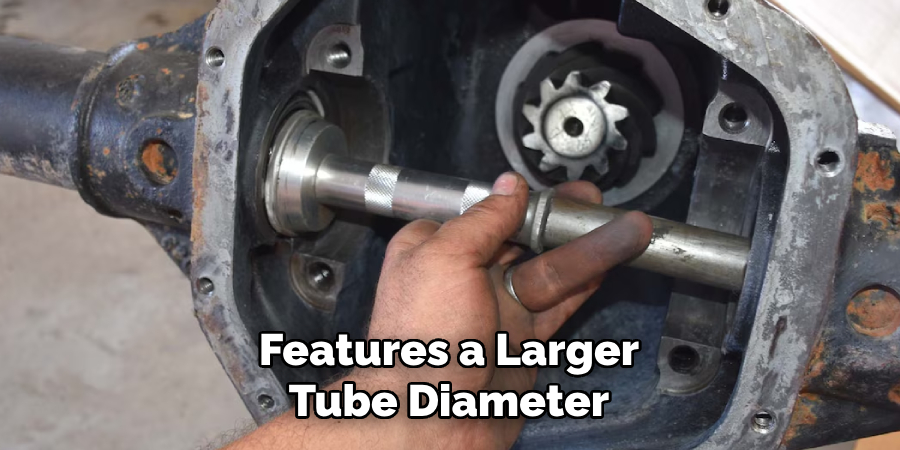
Common Models and Their Features
To summarize the characteristics of these Dana axle models:
| Model | Applications | Key Features |
| Dana 30 | Smaller vehicles, compact SUVs | Smaller u-joints, lighter construction |
| Dana 44 | Larger SUVs, trucks | Eight-bolt cover, balanced strength and weight |
| Dana 60 | Heavy-duty trucks, off-road vehicles | Large tube diameter, strong and durable |
This side-by-side comparison table provides a quick overview of the key dimensions and features that differentiate these Dana axle models. Remember, confirming the specifications with reliable sources or consulting experts is essential to ensure accurate identification.
Verifying Identification Using Online Resources or Experts
Ensuring accurate identification of Dana axles is crucial, especially when dealing with modified or older vehicles. Online resources can be valuable tools for identifying specific axle models. Several Dana and aftermarket suppliers offer online lookup tools where you can input tag or casting numbers to obtain detailed information about the axle’s specifications and compatibility. These databases provide comprehensive data on various Dana axle models, helping you verify your findings and make informed decisions.
However, in complex cases or when uncertain about the accuracy of online resources, consulting a mechanic or axle specialist is recommended. Professionals in this field possess extensive knowledge and experience, allowing them to accurately assess and identify Dana axles, even in unique or custom applications. Their expertise can be particularly beneficial when dealing with modified or older axles, where additional considerations may come into play.
By leveraging online resources and seeking expert advice when needed, you can confidently verify the identification of your Dana axle, ensuring compatibility, reliability, and optimal performance for your specific vehicle and application.
Tips for Long-Term Maintenance and Record-Keeping
When it comes to maintaining your Dana axle for the long term, proper record-keeping and regular maintenance are key. Here are some tips to help you keep your axle in optimal condition:
Keeping Records of Axle Information: It’s important to document axle tag numbers, measurements, and specifications for future reference. This information can come in handy when ordering replacement parts or seeking expert advice. Additionally, consider photographing axle tags and housing to have visual records for easy reference.
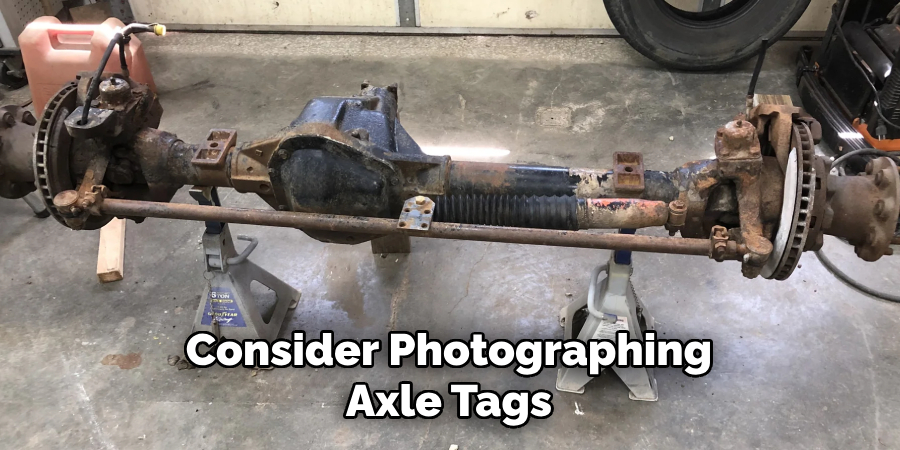
Maintenance Tips for Dana Axles: Regular inspections are vital to identify any signs of wear or damage. Schedule periodic fluid changes and ensure proper lubrication to keep your axle running smoothly. Following the manufacturer’s guidelines and recommended maintenance intervals will help prolong the life of your Dana axle and maintain its performance.
By maintaining accurate records and following a regular maintenance routine, you can ensure the longevity and reliability of your Dana axle, providing you with many miles of trouble-free driving. Remember, a well-maintained axle is crucial for the overall safety and performance of your vehicle.
Conclusion
In conclusion, accurately identifying a Dana axle is essential for vehicle owners and enthusiasts looking to maintain their vehicles or explore performance upgrades. By paying attention to important details such as tag numbers, casting numbers, and measurements, you can ensure that you have the correct information when ordering replacement parts or seeking expert advice. Proper axle identification also enables you to make informed decisions about maintenance and performance enhancements specific to your Dana axle.
Remember to keep records of axle information and regularly inspect and maintain your axle to prolong its life and ensure optimal performance. With these tips and tools on how to identify a Dana axle, you can confidently navigate the world of axle maintenance and upgrades.
Edmund Sumlin is a skilled author for Metal Fixes, bringing 6 years of expertise in crafting a wide range of metal fixtures. With a strong background in metalwork, Edmund’s knowledge spans various types of fixtures, from decorative pieces to functional hardware, blending precision with creativity. His passion for metalworking and design has made him a trusted resource in the industry.
Professional Focus:
- Expert in Metal Fixtures : Edmund aesthetic specializes in creating durable and innovative metal fixtures, offering both appeal and functionality. His work reflects a deep understanding of metalworking techniques and materials.
- Sustainability Advocate : He is dedicated to using sustainable practices, ensuring that every fixture is crafted with eco-friendly methods while maintaining high-quality standards.
In his writing for Metal Fixes, Edmund provides valuable insights into the latest trends, techniques, and practical advice for those passionate about metal fixtures, whether they are professionals or DIY enthusiasts. His focus on combining artistry with engineering helps others discover the true potential of metal in design.


